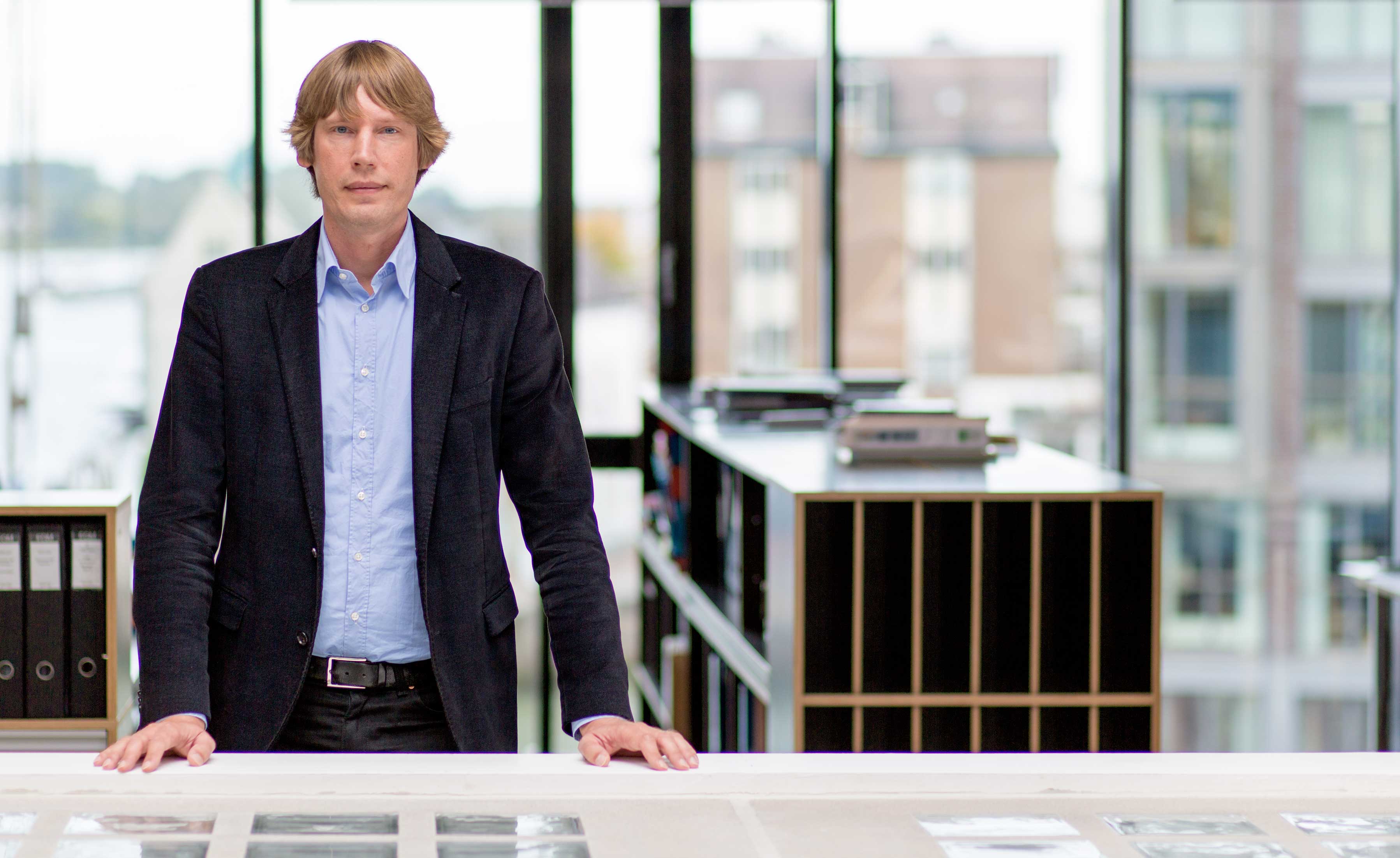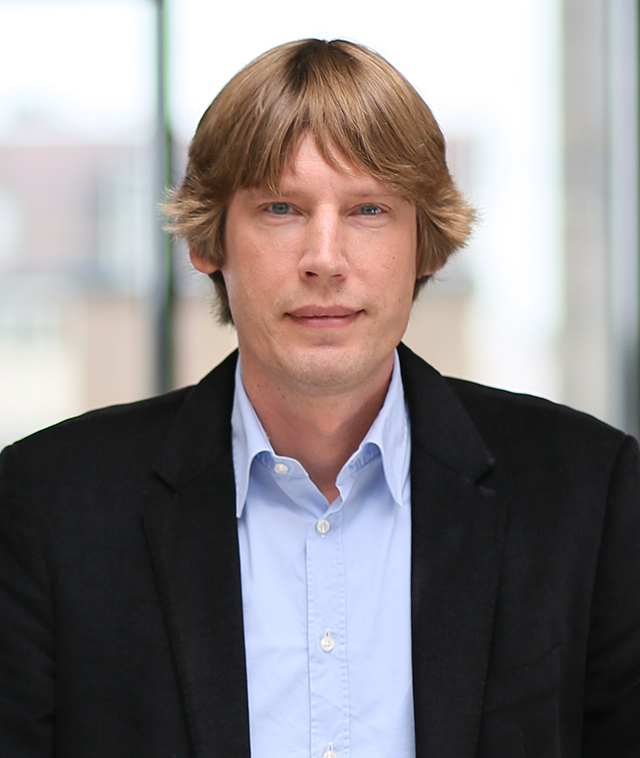Learn from the past
The Real Alcazar in Seville: Healing Environment avant-la-lettre
A few years ago, when I was on holiday in the south of Spain, I visited one of the standard tourist attractions of Seville. Being on the bucket list of almost every tourist and an impressive number two on TripAdvisor's 'Seville Landmarks', I felt a bit reluctant to pay the Real Alcazar a visit. Despite my suspicion – or maybe because of it - it turned out to be an unforgettable experience.
The palace, originally built by the Moors and further developed by the Christian royalty over the next centuries, is a complex of buildings containing enclosed courtyards, situated next to beautifully designed gardens. It is located in the south part of the historical city centre and is a blend of Moorish, Mudejar, Gothic and Renaissance architecture due to its construction time of many centuries.
What impressed me most was how the different buildings and patios were organically connected. Leaving the impressive and lavishly decorated tiled facades aside, I focused my attention on the balance between inside and outside spaces and the way daylight played a vital role in connecting the two realms.
I had one of those rare moments in life when you at the same time intuitively experience and mentally analyze your surroundings, knowing what you see is what you feel. The experience gave me great joy and confirmed my choice of becoming an architect early in life.
With elementary architectural elements such as courtyards, arcades, columns and windows the Real Alcazar complex gave me a spatial experience which in my opinion supports a fundamental human desire: feeling at ease and in control of your situation. Being in an enclosed and comforting space I at the same time experienced a feeling of freedom as a result of the openness and transparency of the space and the abundance of light.
In healthcare architecture, the domain in which I practice my profession as an architect, this is a fundamental design aspect. Patients are often in a delicate state of mind: very vulnerable and insecure. The same applies for their family members and caregivers, who often spend much time in hospitals when the life of their beloved one is under threat. These emotions have to be taken into account when designing hospitals. More than merely a juxtaposition of functional spaces, the design of a hospital has to play a stimulating role in the well-being of people. It has to be a place where patients, family and staff feel at ease, safe and in control. At my visit to the Real Alcazar palace my conception that this spatial balance is of timeless essence and of high importance to man was again confirmed.
The Real Alcazar in Seville is one of the most beautiful buildings I have ever seen. It is truly a Healing Environment avant-la-lettre and from its lessons we can still learn today.

